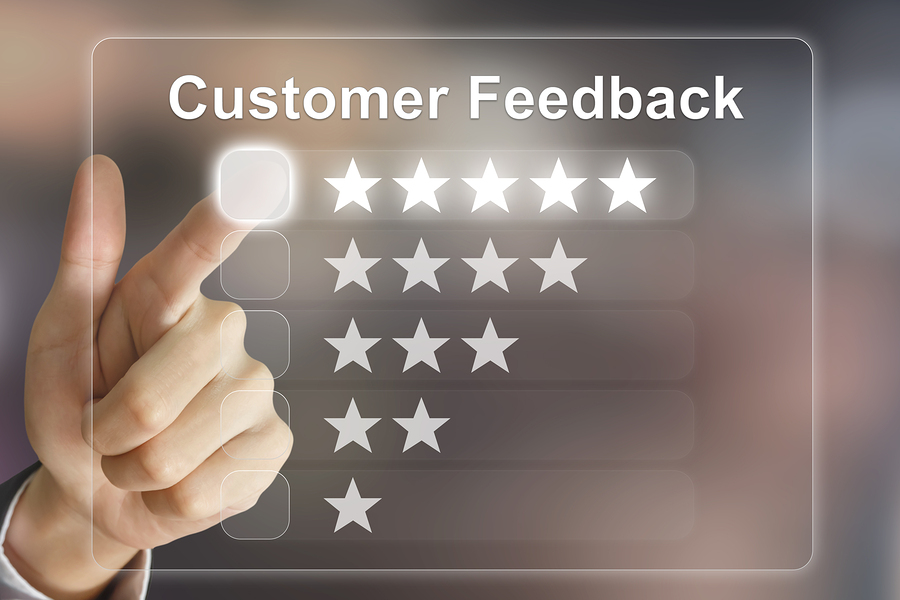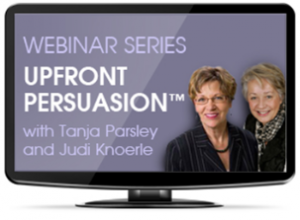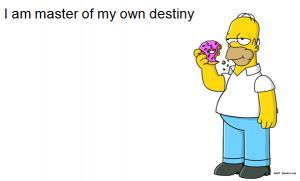When writing on the web about your services or products, I can’t emphasize enough the importance of testimonials and client reviews. Social proof is such a strong persuasion trigger you shouldn’t limit these comments to just a page, but have them scattered throughout your web and blog pages.
Know what works best for your content marketing strategies, especially when creating a website or blog, introducing yourself, a new product, or special promotion.
In my previous post, Social Proof: Why It’s So Important, I reported on research that showed travel destinations with client recommendations and photos of the reviewer were selected 20 percent more than destinations with no review.
But not all recommendations (and ratings) will yield the same results. According to Dr. Susan Weinschenk, in her book Neuro Web Design: What Makes Them Click: Read More→










